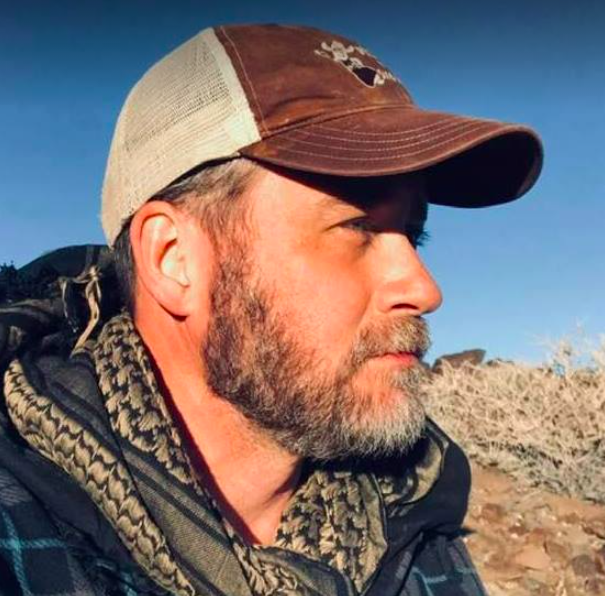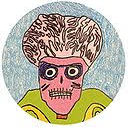- Stephanie Maynard
- Nancy Frieland
- Jordana Jacobs
- Yael Friedman
- Tracey Steer
- Catherine Thornley Carmichael
- Sommer Maynard
- Joe Macdonald
- Tony Martins
- T-marie Nolan
- Josh Patterson
- Postings From The Net
- Adam Sol
- Michael Murray
- Deni Gauthier
- lexaprofessional
- Christos Grivas
- Kathyrn McLeod
- Gun Roze
- Valery Lyman
- Cinemascope
- Jim Diorio
- Tundranaut
On Being a Beast
“Frank Fraser Darling insisted on going barefoot, year-round, on his beloved island, on the basis that it was hard to feel the pulse of the universe through half an inch of Commando sole, and I’m sure that he was an even better zoologist as a result. I want to have a more articulate talk with the land. It’s just another way of knowing myself better, and my self-obsession insists that that’s worthwhile.”
–Charles Forster, from Being a Beast
I’ve always felt this. Even in childhood I had a connection to the land.
This notion has been with me most of my life. Though I could not articulate it so well as Foster, I took my first steps down this path while still a child. Running through the woods, oftentimes barefoot, the wild imprinted itself on me. Because I was so at home in it and an introvert by nature, I was inclined toward observation. It isn’t enough to walk through a cathedral of pines. One must be still and listen to the wind talking in them, feel the fallen needles, smell the rich scent of them turning to soil – allow nature to envelope you. One must learn to be quiet inside and learn to hear and smell and see. We’ve been told that man is the master of the world for so long, we tromp through nature with precisely that attitude. That is the opposite of understanding, and it is why our comprehension of the natural world is too often limited, viewed through the prism of its utility to us rather than on its own merits.
One day while wandering in the Montana Rockies I encountered a mule deer doe who was unfazed by my presence. I suspect it’s partly due to my habit of walking quietly and that I empty my mind when exploring. I want to soak everything in – if I’m lost in thought, I’m missing much of what is around me. In a certain way, I become a blank canvas and let the environment paint on me what it will. I’m convinced that this is why I’ve had close encounters with wildlife in the past. I bring little of the human world with me.
I spent the better part of the afternoon with her. I discarded my shoes so the artificial flapping of my great rubber and leather clad feet wouldn’t alarm her. She grazed quietly, drifting from spot to spot, sun dappling her hide, ears flicking to discourage flies and keep tabs on me. When she trotted, I’d jog as quietly as I could, keeping pace. I’m surprised to this day that she tolerated me – we were, on average, no more than 20 feet apart. After several hours, we parted ways amicably, due mainly to my realization that we were miles from where we’d met and my shoes were still at our starting point.
These kinds of encounters are what draw me irresistibly to the wilds alone. Some of my earliest experiences in the woodlands were by myself. As a child growing up in rural Pennsylvania, I had unprecedented freedom and spent countless hours roaming the woods and fields. I’m not sure if it was a more innocent time or if our family was unique in that sense. There were no cautionary tales, no cell phones, no fear of strangers snatching us up. For me the woods were as much home as the cabin my parents had built.
I knew every inch of our property. The chuckle of water in the stream that ran in front of our cabin was a constant companion. The old stone farmhouse, collapsing and shrouded in creepers deep in the woods was a place of mystery, the long hall of pines atop the hill was a temple, the wind in the needles, hymns. High, exalted tones in a language I could almost grasp, but not quite – the secret language of the universe I’m still pursuing.
Which is why it amuses me when people comment that I’m crazy for going to remote places by myself. It’s the only way I know to experience the wild unfiltered. And I’m very much at home in it. When I drive to a place I love, it’s as though I’m molting. Shedding layers of civilization as the miles tick by. Lately I’ve stopped listening even to the radio. I can feel the wild calling and I can feel the city fading. And when I step out into the high desert, the crisp air prickling my senses and the only sound in the world, my footsteps, I’m present and watchful and relaxed and expansive. I’m alive.
There are risks, admittedly. But my threshold for risk is substantially higher than someone who grew up in a more urban environment, or even someone who grew up more rural but viewed the creep of dark forest down the mountainside as more adversary than friend.
I love silence. I love the purity of it. It feels like an embrace. I know people who it threatens. They’ve described it as falling off a precipice. But I crave it. By contrast, I find the furor of the modern world overwhelming and a constant source of low level anxiety.
Cities are bubble worlds. They consume you, drag you under, offering this thing instantaneously, that option or this or that other one or this one same as the first but with a slight difference or color. There are careers and cubicles and metal walls. Mountains made of steel and glass. The underlying implication is that humans are the only things that matter – the most important things in existence.
But out past the suburbs, where the streetlights stop and the road stretches on into the night, where even the orange glow on the horizon fades away, the silence waits. The world grows infinite about you. Time changes, stretching, expanding. Its patience is greater than humanity and will outlast us all. And for the briefest of geologic moments I will bear witness.

Josh Patterson
Josh Patterson is a photographer and explorer specializing in obscure pockets of wilderness in the western Mojave Desert. His work increasingly focuses on the beauty and fragility of California’s vast public lands. He has been published in the Los Angeles Times and across a broad spectrum of media both nationally and internationally and gallery represented by Bermudez Projects in Los Angeles.
Online, you can view his photography at www.joshpatterson.photo.
